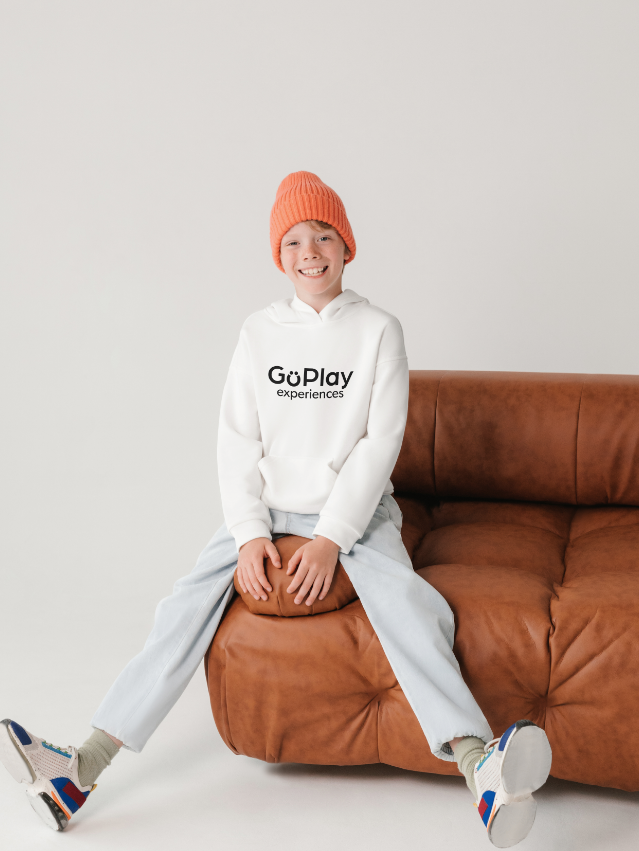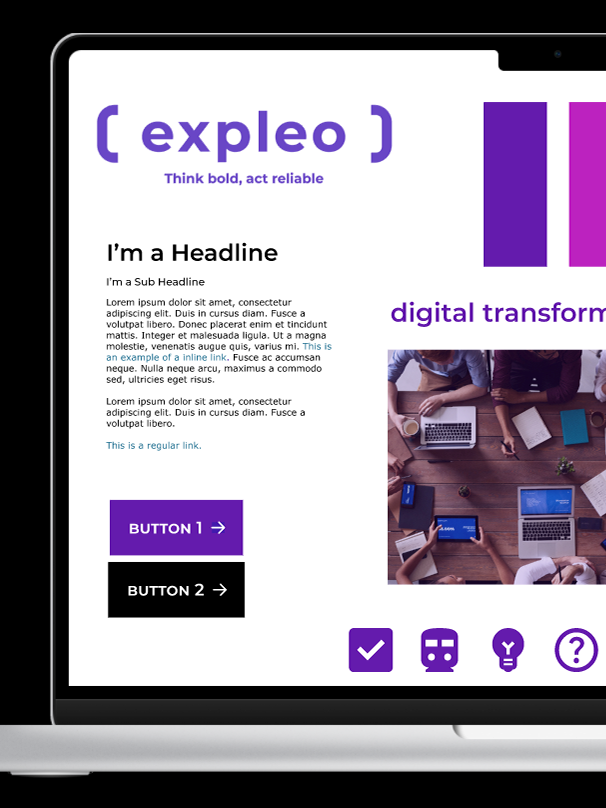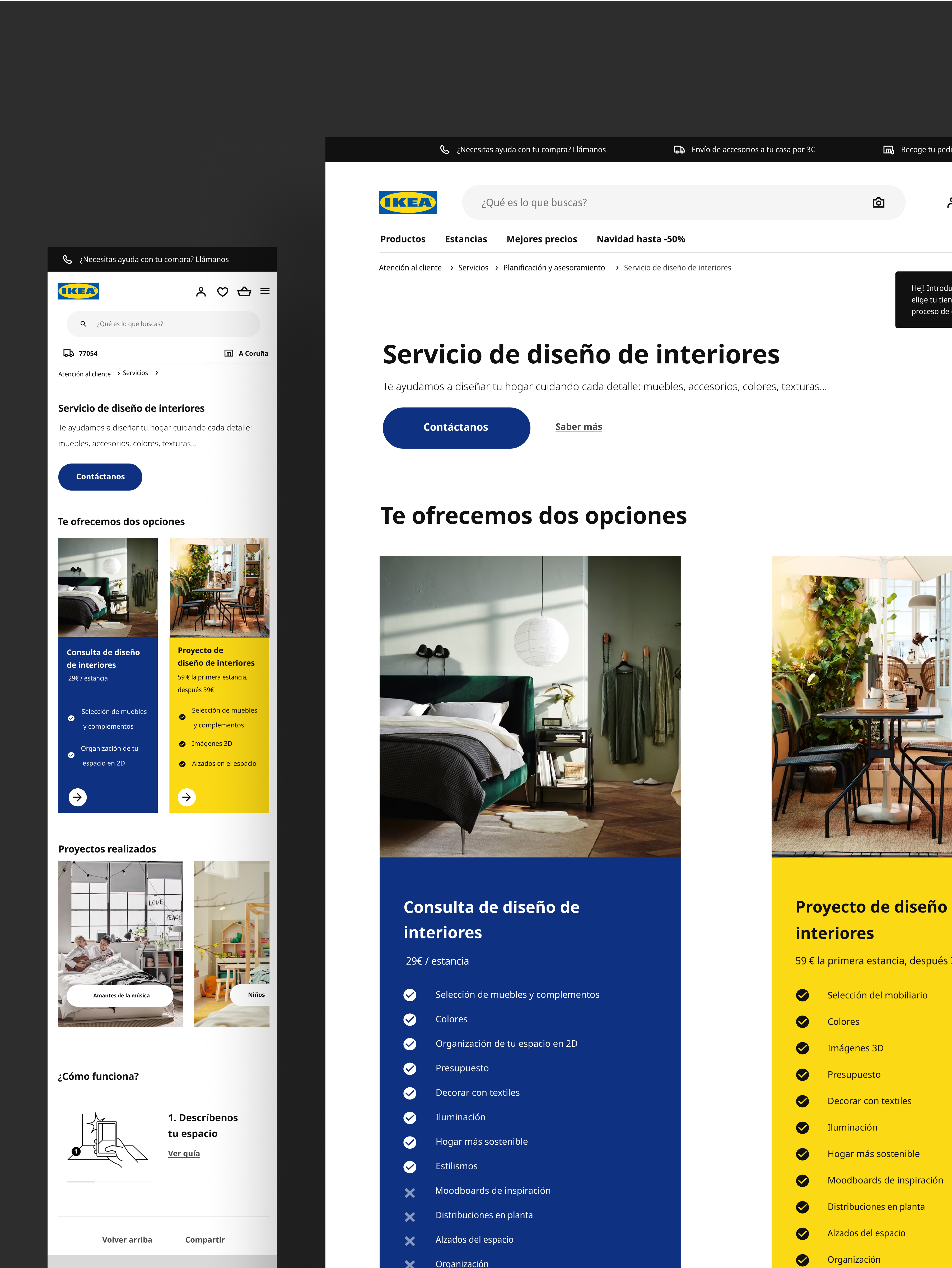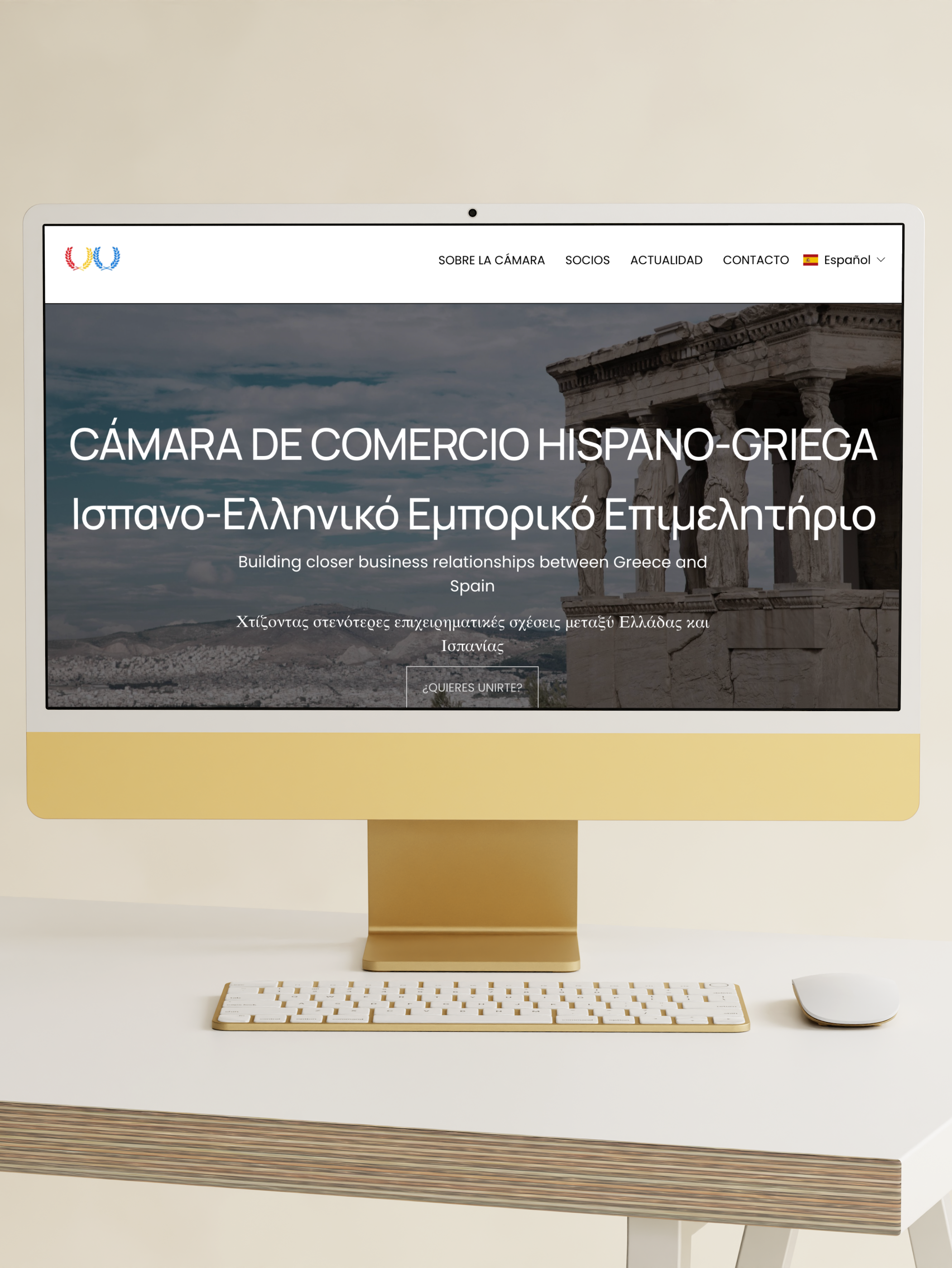Context & Insights
According to a study by IDAE (Institute for the Diversification and Saving of Energy), the average annual household energy cost in Spain is €1,000, with 50% of that spent on climate control (heating and air conditioning). Small changes such as lowering the thermostat by just one degree can have a significant impact on energy savings.
The second largest energy expense comes from household appliances. For example, appliances with an A+++ label consume approximately 150kWh/year, while class D appliances can use up to 662kWh/year. These numbers reflect the importance of making informed purchasing decisions and adopting more conscious usage habits.
User Research
To better understand the users’ motivations and barriers, we conducted interviews with people within the target age range. These conversations revealed a general willingness to reduce energy costs, but also a lack of clear understanding of how daily habits impact both their bills and the environment. From this research, we developed a detailed user persona to guide the design of our solution.
This research phase laid a strong foundation for designing meaningful solutions that promote sustainable energy habits at home. By identifying users’ motivations and knowledge gaps, we uncovered key opportunities to bridge the disconnect between intention and action. Our findings confirmed that while many people are open to adopting more energy-efficient behaviors, they need clearer guidance, relevant incentives, and tools that make the benefits tangible in their daily lives.
Moving forward, the design solution will focus on empowering users with actionable insights, simplifying decision-making, and fostering long-term behavioral change all while aligning with the UN's Sustainable Development Goals. This project underscores the value of user-centered research in addressing complex challenges like climate change from a practical, human perspective.







